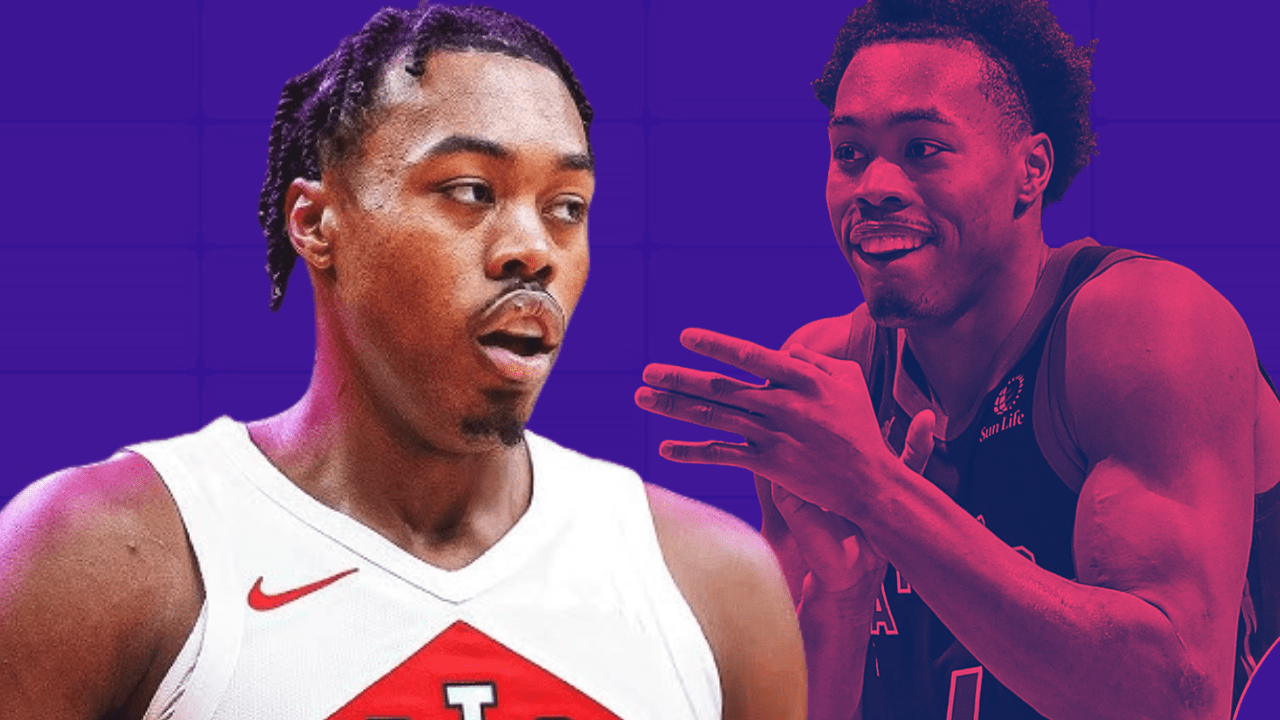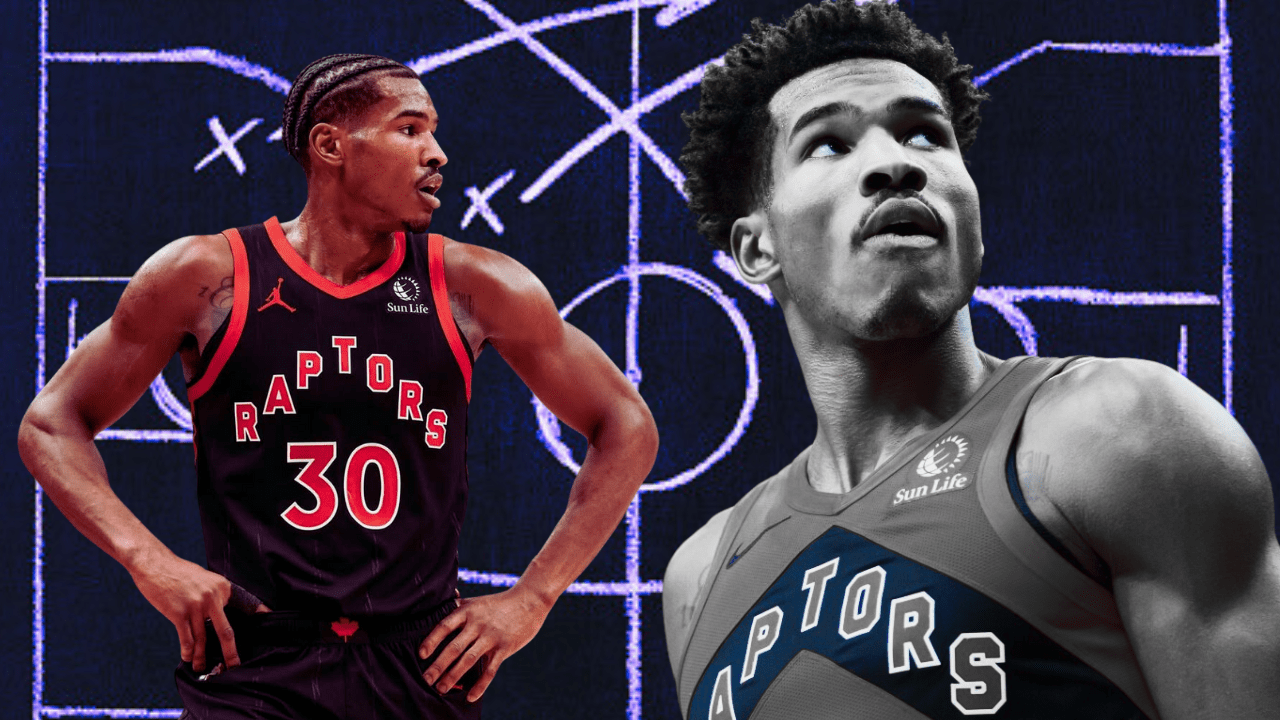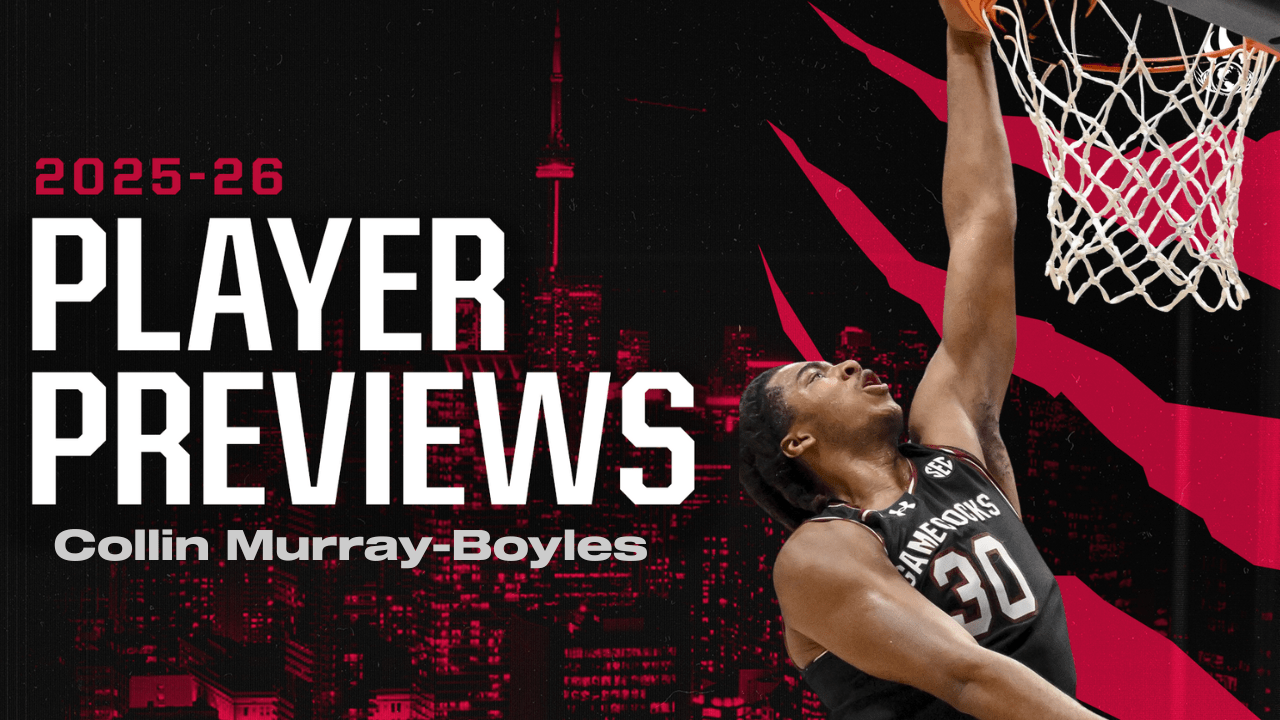This is a part of an off-season series by Esfandiar Baraheni, breaking down one skill for each Raptor heading into the 2025-2026 season that could change their career. Check out the video below.
We have reviewed swing skills for virtually every player who will be part of the Raptors’ rotation this season, but no one is as important to this team’s success as its franchise player, Scottie Barnes.
Despite the emergence of Brandon Ingram, Barnes is still the Raptors’ best and most important player. He will dictate their ceiling, not only this season but in the long term.
And after a down year in 2024-2025, Barnes must return to All-Star status and reaffirm to everyone why he’s been handed the keys to the franchise.
Here’s how he does it.
After a year of offensive experimentation, where Barnes tested his limits as a scorer, his role heading into this season will be much different. But this is something he’s used to. Over the course of his four-year career, Barnes has had to wear a variety of hats, first for a fledgling team trying to make the playoffs and then for a rebuilding group that oriented around him.
His jack-of-all-trades skill set makes him adaptable to all these changes, being able to morph into whatever the team requires. Through this process, he has identified tangible areas where he can excel on an NBA floor. Leaning in on those qualities will return him to All-Star status.
For starters, the defense. Barnes is going to be the linchpin of everything the Raptors want to do on that end, with his size, length, and heightened awareness as a help defender. The Raptors were 4.7 points per 100 possessions better on defense when Barnes was on the floor, second only to Davion Mitchell on the team last season. He was one of only 11 players in the NBA to average over one steal and one block per game in the 2024-2025 season, and he achieved this feat while fouling fewer defensive assignments than any other player on the list.
Many of those stocks occur when Barnes is roaming the weak side as a sweeper within the Raptors’ defense; a sort of cleanup, security blanket in case of any leaks. His understanding of schemes and offensive tendencies has only heightened this ability.
Taking it a step further, Barnes improved vastly as an on-ball defender last season. While in prior years his slow hips limited him from guarding quicker players on the perimeter, he learned how to navigate these situations by using his length to make up for the difference.
Barnes should provide the Raptors with All-Defense level impact. That’s the version they’ll need if they want to land in the top half of the league defensively next season.
Offensively, things will look different for Barnes. Scottie’s efficiency struggled last season as the de facto number one option. But the presence of Ingram (and to a lesser extent, a healthy season for the rest of the roster, mainly Immanuel Quickley) will help Barnes slot into a more well-suited role offensively.
Barnes can get back to being more of a play finisher — using his length and size to take advantage of mismatches, or to burst through the seams of a defense as a cutter off the ball. Barnes took just 30% of his shots at the basket last season, a career low, but working without the ball should, in theory, help him get more quality looks around the rim.
That’s because Scottie is already a good decision maker and mover without the ball. He’s displayed it in the past, playing off of Pascal Siakam and Fred VanVleet, working off the advantages those players created to get easier shots for himself. Ingram should provide a similar buoy effect for Barnes’s shot profile and, as a byproduct, his overall efficiency.
Naturally, one of the biggest questions with being off-ball more will be his jump shot. Barnes shot a career low 28% from three last season, including 27% off the catch. This comes after finishing his All-Star season, shooting 34% from three and 38% off the catch. On a healthy sample of 993 attempts through his first four seasons, Barnes is a 30% shooter. The likely scenario is that Barnes ends up somewhere in the middle, hitting anywhere from 32-35% of his shots from three-point range, and with a higher volume of his shots coming off the catch, his efficiency should, in theory, increase as well.
Perhaps it becomes a bigger part of his game, and some underlying skill development occurs, but most defenses won’t rush out to guard Barnes behind the three-point line, particularly because of what they would concede in doing so. Giving Scottie a window of opportunity to attack with a head of steam is an automatic bucket.
But perhaps his most crucial swing skill to his off-ball impact, especially next season, will be how effective he is as a screener.
By the numbers, the Raptors don’t score a ton when Barnes is screening. Scottie set 163 on-ball screens last season, but Toronto generated just 0.70 points per possession in these sets, ranking in the 20th percentile.
This was partially by design. The ball was in Barnes’s hands more often than not. He ran over 500 pick-and-rolls last season as the ballhandler and generated 0.96 points per possession, the best mark of his career. Besides, with Quickley injured for the majority of the season, Barnes didn’t have a genuine threat to work with as a screener.
But even when Barnes was a screener, he left a lot on the table. Scottie oftentimes didn’t make contact on screens, floating through these actions. Even when he did set a screen with the intention of rolling, he settled for a mid-range jump shot 67% of the time, and he scored 0.6 points per chance in these situations, ranking in the 20th percentile. This is particularly an area of growth for Barnes, who typically excels in the middle of the floor as a playmaker, with his quick decision-making. He now has to make defenses pay with his scoring from the same spot to become a wholly more versatile threat.
It’s unlikely that the Raptors will use Barnes as a screener for Ingram often because like-sized players will guard them, and defenses can nullify advantages quickly, but in the flow of the Raptors’ offense, he will be asked to set screens; the better he is, the better their offense will be for it.
It’s worth noting that Barnes won’t just be relegated to being an off-ball player. Of course, Barnes still has tremendous value on the ball, pushing the pace in transition, making quick decisions, working in dribble hand-offs and pick-and-rolls, and the trio of Ingram, Quickley, and Barnes will compile most of the on-ball responsibilities for this team.
But Barnes stands to benefit from the idea of ‘doing less to achieve more’. In fact, the Ingram trade was made with the idea that Barnes needs release valves around him to become the best version of himself.
He now has a chance to do that. The pathway back to All-Star status is clear.
Defend at an All-Defense level. Be dominant as an off-ball player with his physicality and size. Work to improve as a screener to open up the floor for his teammates. Continue to make quick decisions when the ball is in his hands, all while being aggressive at getting to the basket.
It’s all there for Scottie. He has to go out and do it on a team that’s trying to win now.



